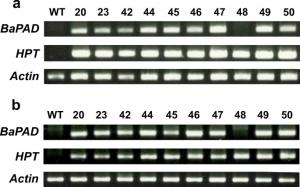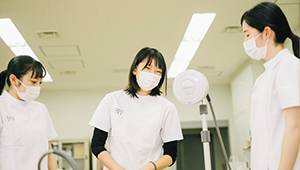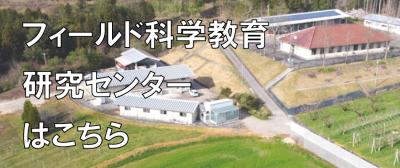本文
【地域資源開発学科】植物細胞操作による代謝機能改変に成功!
印刷用ページを表示する
2021年3月17日更新
【地域資源開発学科】植物細胞操作による代謝機能改変に成功!
Bioproduction of 4-Vinylphenol and 4-Vinylguaiacol β-Primeverosides Using Transformed Bamboo Cells Expressing BaPAD
Naoki Kitaoka, Taiji Nomura, Shinjiro Ogita & Yasuo Kato
Phenolic acid decarboxylase (PAD) catalyzes the decarboxylation of hydroxycinnamic acids to produce hydroxystyrenes, which serve as starting materials for the production of polymers. Bamboo (Phyllostachys nigra; Pn) cells, a suitable host for producing phenylpropanoid-derived compounds, were transformed to express PAD of Bacillus amyloliquefaciens (BaPAD). BaPAD-transformed cells accumulated several metabolites that were not detected in wild-type Pn cells or BaPAD-negative transformant. Two major metabolites were isolated from BaPAD-transformed cells, and elucidation of their chemical structures confirmed these as 4-vinylphenol β-primeveroside (4-VPP) and 4-vinylguaiacol β-primeveroside (4-VGP). The production titers of 4-VPP and 4-VGP reached 48 and 33 mg/L at the maximum, respectively. Feeding experiments with 4-vinylphenol (4-VP), 4-vinylguaiacol (4-VG), and their glucosides indicated that 4-VPP and 4-VGP are formed by sequential glycosylation of 4-VP and 4-VG via their corresponding glucosides. Our results demonstrate the versatility of Pn cells for producing styrene derivatives, and indicate the presence of a unique glycosylation pathway to produce 4-VPP and 4-VGP in Pn cells.

新たな代謝ルートを植物細胞の中で構築できる合理的代謝フロースィッチング注)の手法を、フェニルプロパノイド系化合物生産の宿主として独自に開発したタケ培養細胞に応用しました。Bacillus amyloliquefaciens Phenolic acid decarboxylase (BaPAD)を発現する組換タケ培養細胞は、非組換細胞では生産できない代謝物数種を生産できることを示しました。本研究は、富山県立大学工学部生物工学科植物機能工学講座との共同研究成果です。
 大学概要
大学概要
 学部・大学院・専攻科
学部・大学院・専攻科
 学生生活・就職支援
学生生活・就職支援
 研究・地域連携・国際交流
研究・地域連携・国際交流
 入試情報
入試情報






